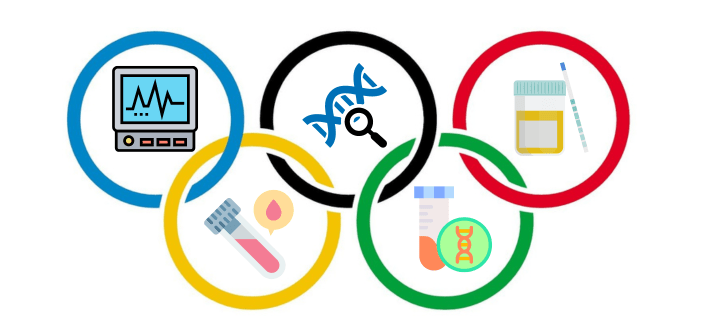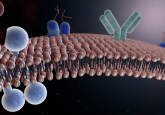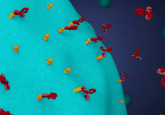The 2024 Summer Olympic Games: the evolving role of mass spectrometry in sports and athlete exposome analysis

A new study emphasizes ongoing progress in mass spectrometry and athlete exposome analysis for anti-doping in sports. Researchers stress the need to distinguish between intentional doping and accidental exposure from environmental factors, marking a new era in doping control detection.
With the upcoming 2024 Paris Olympics, the need for stringent doping controls is vital to ensure competitive integrity in the competition. The Olympic Games showcase the pinnacle of athletic performance and fair play in sports. As performance-enhancing drugs evolve, anti-doping agencies must use more advanced techniques and thorough testing to ensure fairness, protect athlete health and uphold the Olympic spirit.
A recent research paper written by Mario Thevis, Christian Görgens, Sven Guddat, Andreas Thomas and Hans Geyer from the Center for Preventive Doping Research at the German Sport University Cologne, published in the Scandinavian Journal of Medicine & Science in Sports discusses the role of mass spectrometry in the continuing battle of doping in sports. The study highlights the importance of distinguishing between intentional doping and accidental contamination in anti-doping research, which has remained a main challenge of modern testing.
You may also be interested in:
The human exposome includes all environmental exposures a person encounters in their lifetime, such as chemicals, drugs, diet and lifestyle factors. It offers a basis for understanding how these exposures affect health, athletic performance and disease onset, integrating both external and internal factors. Athletes undergo regular doping tests on blood and urine to detect various substances. Positive results can have severe impacts on an athlete’s career, raising concerns about whether they stem from intentional use or accidental exposure. Research into the athlete’s specific exposome can influence test outcomes and is becoming necessary for fair doping control.
The study also emphasizes the need for improved analytical sensitivity to detect trace amounts of prohibited substances over longer periods of time. However, this also increases the chance of finding substances from accidental exposure, like contaminated food. Distinguishing between these cases requires detailed knowledge of drug metabolism and elimination patterns, which vary by exposure route.
Controlled studies can also be used to mirror accidental exposure and aid in understanding drug and metabolite elimination profiles. For instance, examining the conversion of the selective androgen receptor modulator LGD-4033 to its isomer helps to estimate the time of drug intake and distinguish between deliberate doping use and accidental exposure.
To further boost anti-doping efforts, increasing sample collections and using minimally invasive methods, such as dried blood spots, can establish a “biobank” for future analysis, to support in decisions on adverse findings. Hair analysis can also offer valuable insights, especially in cases of possible environmental contamination.
The evolving field of exposomics, alongside the continuous advances seen in mass spectrometry, presents promising new avenues for anti-doping research. Thevis and colleagues advocate for ongoing studies to create markers that indicate when and how drugs were taken, bolstering efforts to safeguard clean athletes whilst still upholding to the stringent doping standards.






